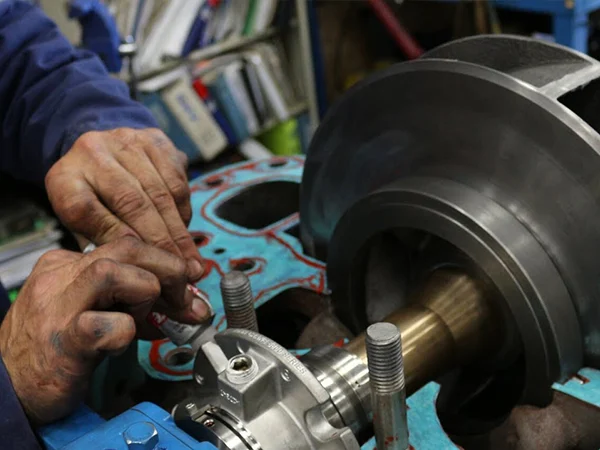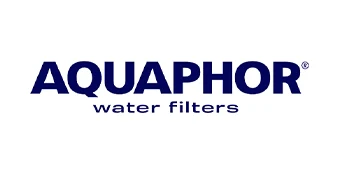- Accueil
- Pourquoi Snowate
- Pièces
-
Pompe à haute pression de dessalement
-
Pompe CNP
-
Module EDI
-
Membranes
-
Résines échangeuses d'ions
-
Produits chimiques de traitement de l'eau
-
Logement de filtre de précision/sécurité
-
Boîtier de filtre autonettoyant
-
Logement alimentaire et pharmaceutique de filtre
-
Cartouches filtrantes
-
Sacs filtrants
-
Vannes thermoplastiques
-
Valve en métal
-
Supmea Instrument
-
CREATEC Instrument
-
Manomètre
-
Vanne électromagnétique
-
Débitmètre
-
SEKO Pompe Doseuse
-
Snowate Pompe doseuse
-
Vannes et raccords en plastique
-
Stérilisateur UV de l'eau
-
Générateur d'ozone
-
Générateur d'ozone industriel
-
Équipement de désinfection chlorée
-
Vannes de contrôle multiport
-
Réservoirs de FRP
-
Boîtiers à membrane
-
Raccords à souder bout à bout
-
Raccords de tuyaux
-
Contrôleur de pression de pompe
-
Contrôle d'automatisation
-
Traitement des eaux usées
-
- Systèmes
- Industrie
- Solutions
- Connaissance & Calculatrice
- Ressources
- Contact




















